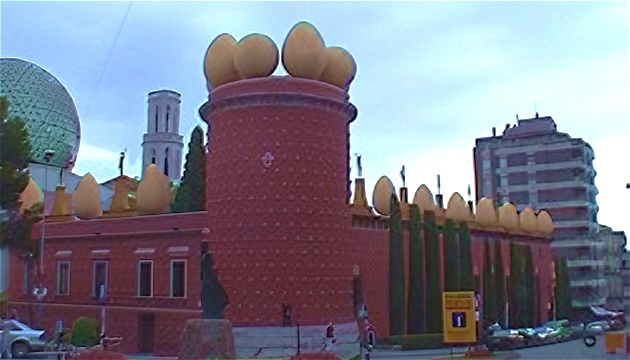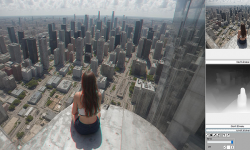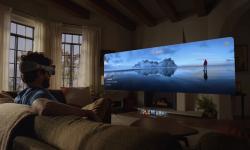The blue-red glasses were originally designed for viewing magazine advertisements, but they can also be used to view special 3D movies, 3D photos or 3D pages in newspapers. Truth be told - there weren't that many viewing opportunities back then. And the vast majority of them weren't available on web sites. And so the idea was born to create a web magazine that would include 3D photos and images, along with tutorials on how to create them. And also software to make it easier.
Now you have it in front of you: 3DJournal.com. In 2023, it celebrated its 20th birthday! In our texts here you can read, for example, how to create 3D photos with a regular camera, how to create and project 3D video or how to convert 2D images into 3D.
The pages of 3DJournal have always been primarily devoted to 3D (stereoscopic) images, which work thanks to a method known as anaglyph, but over time we have moved on to other technologies as well. Like virtual reality goggles. But we still have a nice relationship with anaglyph - because all you need to view 3D photos and watch 3D movies with it are those primitive and cheap blue and red 3D glasses.
What are other ways of creating and displaying stereograms? Some 3D images can be viewed with glasses with a different colour combination, such as yellow-blue, or through polarising filters. These are nowadays mainly used for 3D films in cinemas. For other 3D images, glasses with alternating tinted lenses are required. And then, of course, there are the glasses for the aforementioned virtual reality or augmented reality. But none of these methods are as accessible for everyone as anaglyph. What's more, you can easily view the photos you create this way on both a computer monitor and on paper.
So let's do it...
Thank you for being with us!
But there's actually one more debt to pay from the introduction. It's about that museum. Which one is it? It's the Salvador Dali Museum in Figueras. If you happen to be passing by, we highly recommend it!
Petr Mandík, 3DJournal.com
3DJournal, June 2003





